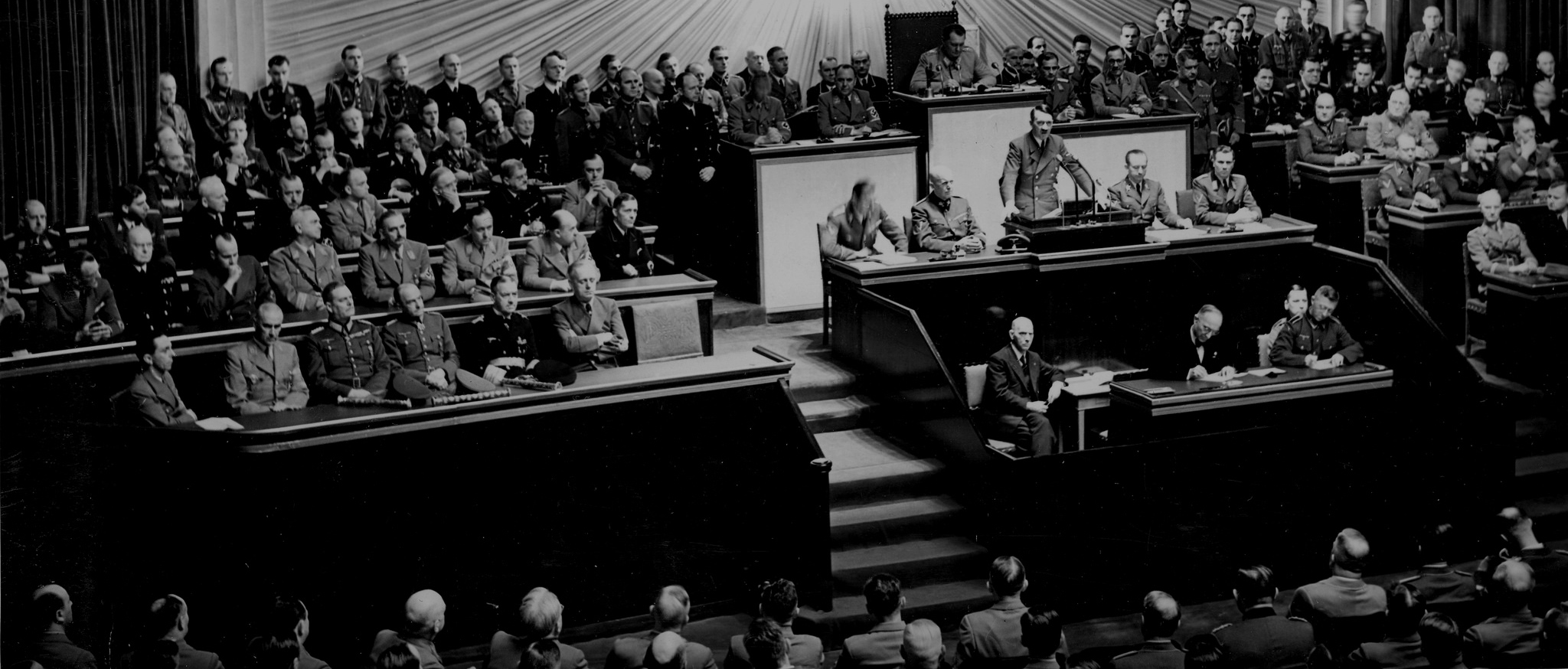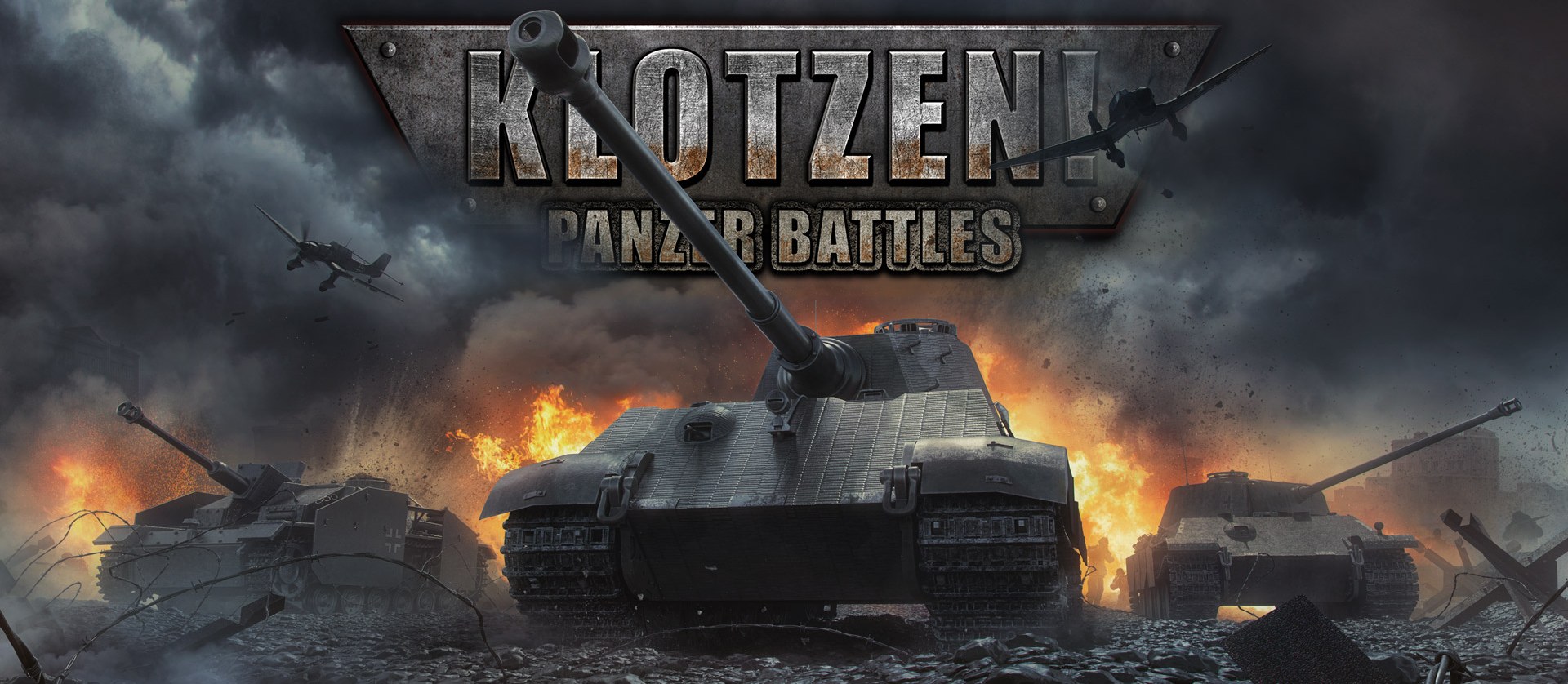Welcome to our second History Blog! In the previous blog, we took a look at how the warfare has changed since WWI and throughout WWII, as well as a brief outcome of the WWII. This time, we will examine Hitler and Germany – what shaped them as we know them before the start of the WWII, as well as how Blitzkrieg was formed and what is the main idea behind it.
Adolf Hitler
Hitler was born on April 20, 1889, near the Austrian town of Linz, which is located close to the Austrian-German border. In this area, the pan-Germanism movement was quite strong and Hitler adopted nationalistic beliefs early in his life. He dreamt of becoming a painter, so he moved to Vienna and applied to the Art Academy. However, he was not accepted two years in a row. Meanwhile, in order to survive, he worked in construction.
He never managed to fit in with his co-workers, as many of them were socialists. This experience influenced his anti-communistic beliefs later in his life.
Hitler moved to Munich just before the start of the First World War. Although he was a citizen of Austria, he managed to get into the German army thanks to the universal war craze that seized Germany. He fought on the Western Front, where he was awarded the Iron Cross for bravery. Near the end of the war, he was exposed to the poisonous gas and therefore witnessed the end as a blind soldier at the hospital.
Surrounded by the bitterness of German soldiers who were against the truce, Hitler soon entered politics.
In 1919, Hitler joined the National Socialist Worker’s Party, which had less than 20 members at the time. Hitler quickly shaped the party according to his vision, as it had no clear program or ideology. His energetic speeches and almost demonic will mobilized masses, and he knew how to manipulate them.
Many Germans were bitter because of the great loss and tough peace treaties. He also believed that the surrender was the act of domestic traitors, Jews, and socialists. While the popularity of the party grew, they still hadn’t managed to get into parliament.
In 1924, seduced with Mussolini’s march on Rome, Hitler tried to execute the so-called Beer Hall Putsch with General Ludendorff by his side (one of the two main commanders of the Great War.) The putsch ended badly and Hitler ended up in court. Cunning as he was, he turned his public trial into a political event which provoked sympathy. For his activities, Hitler received a one-year prison sentence.
During his time in prison, he wrote Mein Kampf, a manifesto to his political vision and personal ambition.
A turning point came after the Great Depression in 1929 when the public’s confidence in civil political parties decreased drastically. The popularity of the National Socialist German Worker’s Party and the Communist Party of Germany grew through the elections. In 1933, at the peak of the economic crisis, a parliamentary crisis occurred – neither of the two parties managed to get a majority in parliament. After a couple of meaningless elections, no major changes occurred. Hindenburg had proclaimed Hitler Chancellor (1934), and only six months later Hindenburg died. Hitler used this opportunity to combine the functions of the Chancellor and the President in one person: he became the Fuhrer.
While establishing his dictatorship, Hitler removed the competition in his own party but also dissolved the Communist Party, which turned him into a dictator. Hitler stopped the payment of war reparations, introduced an economic reform – he revoked the old Deutsche mark and introduced Reichsmark as the official currency. He started a number of public works such as the construction of highways, dams and so on. This reduced unemployment and public support grew.
By supporting Franco in the Spanish Civil War and through the remilitarization of the Rhineland in 1936, Hitler achieved his first foreign political success and the loyalty of the German nation to the new leader grew each day. The return of the lost territory and the unification with Austria additionally helped his reputation which reached its peak with their victory over France. The German people remained devoted to him until his suicide in Berlin on April 30, 1945.
German Army
In 1871, Prussia was victorious in the Franco-Prussian war and to top it all, one of the most important events of the 19th century followed: the unification of Germany. This event enabled the creation of a united and modern German army for the first time in history. The power of the German army increased along with Germany`s rise as an industrial and economic superpower. It constantly evolved and was upgraded on a regular basis until the First World War.
The modernization of the German Navy in the late 19th and early 20th century under the leadership of Grand Admiral Alfred von Tirpitz is well-known.
At the beginning of the First World War, Germany had the best Ground Forces in the world, even though the United Kingdom had unrivaled dominance in the sea and the number of soldiers in the Imperial Russian Army was impressive. However, when we take into account the quality of weapons, technology, command personnel and equipment, no one could match up to Germany. Germany lost in the First World War due to various circumstances, but the quality of their army is by no means one of the reasons.
Fighting on all fronts in the First World War had planted seeds of skilled staff officers who were unparalleled in the Second World War.
Blitzkrieg
Germany`s defeat in the First World War was the key to success in World War II. In fact, Germany beat Russia in the East with their quick, nimble warfare and mass actions along the length of the front, but lost the war in the West (where the battlefield almost did not move for four years). In response to Germany`s defeat, officers came up with the doctrine of Blitzkrieg.
The basic idea of Blitzkrieg was to combine all the military branches: infantry, armored, and air units. Armored units were used to break through the defensive line and besiege the enemy, after which the infantry would carry out a direct attack on the enemies, who were disheartened after being surrounded. Superior equipment and training were of major importance here. Air units were used to support the infantry and armored units. The disadvantage of this doctrine was exposed in the final years of the war. The Blitzkrieg doctrine assumes that the German army is on the offensive (which was mostly not the case at the end of the war) and it assumes that the aviation (Luftwaffe) would take control of the sky (which was also not possible by the end of the war).
After the First World War, Germany was disarmed and its army was limited to 100 000 men. In the twenties, Germany abided by the rules of the peace treaty, but that changed with Hitler`s rise to power in 1933. As a way out of the economic crisis, which had severely hit Germany, Hitler’s government stopped paying the huge reparations and secretly started to produce a variety of weapons. The terms of the army restrictions were ignored at first
secretly and later on directly.
In the early 1930s, there was an abundance of polygons for training civil and sports pilots, which created a base for future Luftwaffe pilots. The number of hunting societies and archery clubs also increased. Germany’s supplies of natural resources were not big enough to suit their industrial needs and this imposed the need for extending trade relations with other countries. Germany`s political influence in central and southern Europe grew along with the strengthening of their trade relations with countries such as Switzerland, Italy, Hungary, etc. The German territory was not rich in natural resources which posed a problem and created difficulties during the war. However, Germany welcomed the beginning of the war as the most powerful military power and the second economic power in the world (The US was the first).
This is it for our second History Blog, and we hope you liked it! If you have any suggestions or want to discuss the topic, you are more than welcome to do so in the comments below, on our forum, and on Steam Community Hub. In our next blog, we will take a look at Joseph Stalin and the Soviet Union before WW II.




Recent Comments